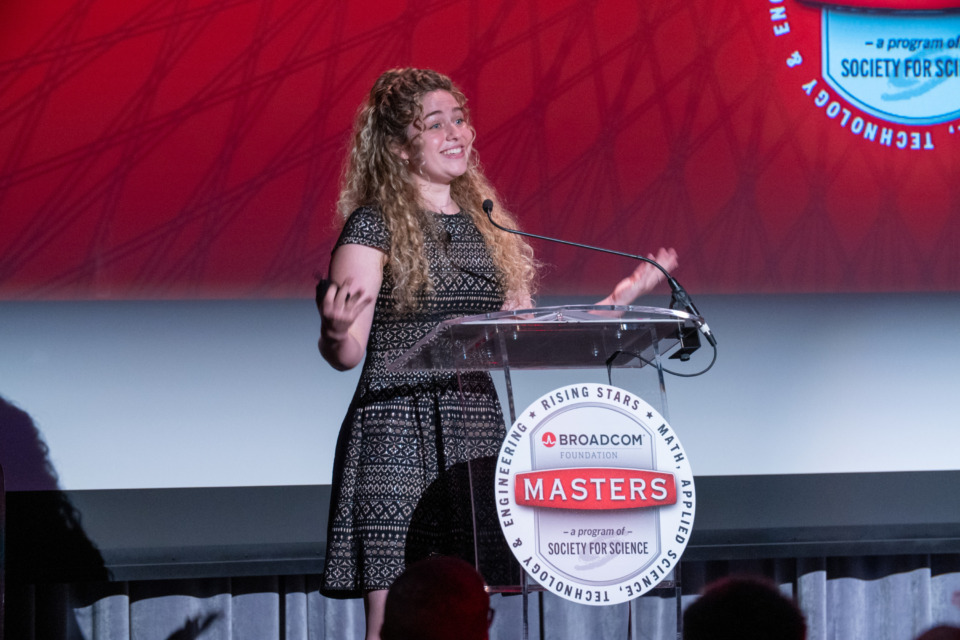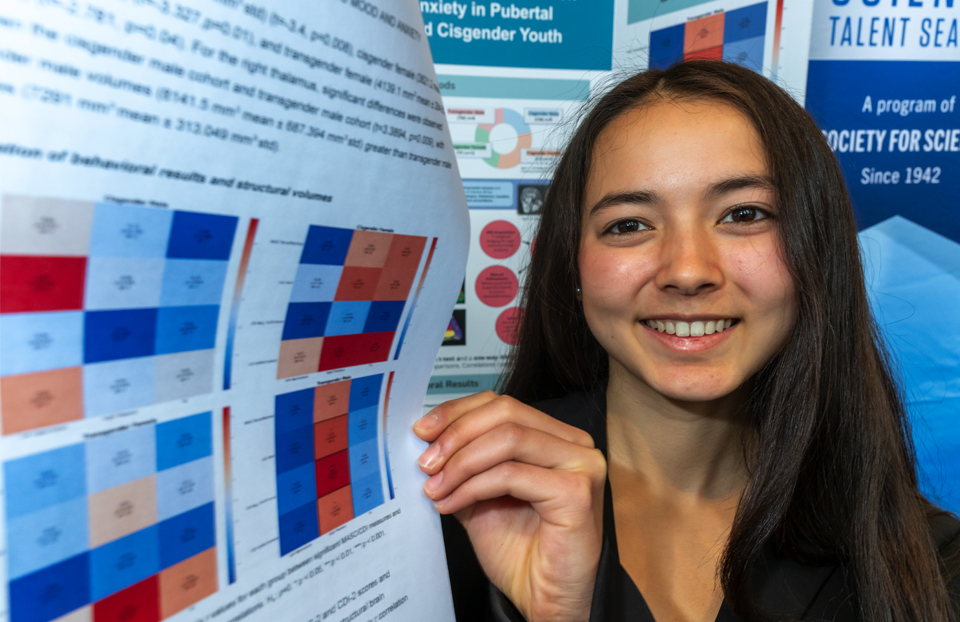Neurologist relishes the combination of art and science
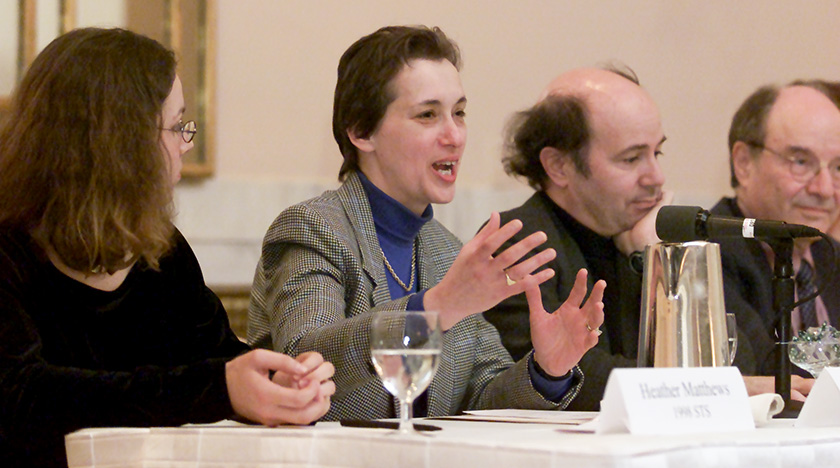
Dr. Nina Schor (Westinghouse STS 1972) is the Deputy Director of the National Institute of Neurological Disorders and Stroke (NINDS). She’s also a poet.
At NINDS, Nina provides advice, mentoring, and support to people who serve the needs of those with neurological disorders and challenges. Her typical day varies. Nina often leads lectures, attends meetings, performs research, and writes pieces for the U.S. neuroscience research community. Her work involves distributing funds to basic and clinical research labs and training the next generation of scientists who have the potential to change the outcome for people with neurological disorders.
As a pediatric neurologist, Nina’s own research is focused on treating neuroblastoma, a deadly tumor of the peripheral nervous system, most commonly detected in children. Her lab draws on research techniques from biochemistry, cancer biology, and neuropharmacology.
Don’t be afraid to juxtapose science and art. They are two sides of the same wonderfully beautiful coin.
“I was drawn to neuroscience because there is so much we have yet to learn in that field, and so much potential to contribute to the health and well-being of people and populations,” she said.
While Nina’s career is focused on science and medicine, poetry offers her an outlet and way to reflect. “All scientists, and, indeed, all hard-working people, should have an outlet, a pop-off valve,” she said.
Nina has several published poems in the medical journal Neurology, which often features creative writing by and for neurologists. She also published a chapbook in 1986 titled “To the East of Ever After.”
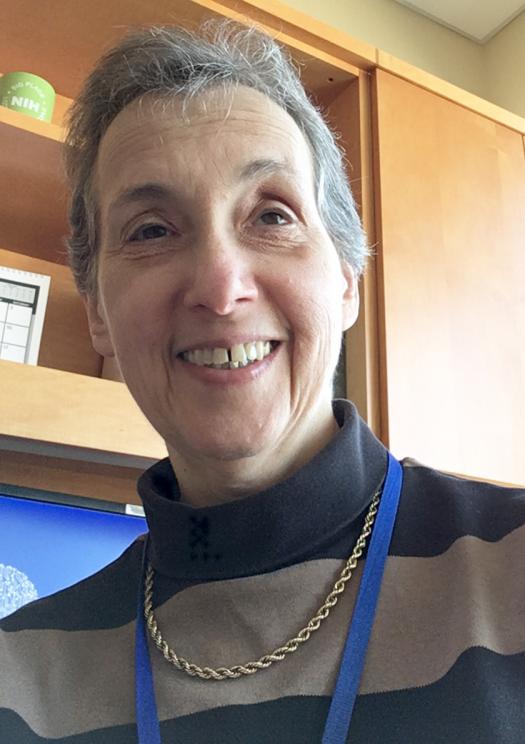
For Nina, there’s a strong connection between poetry and science.
“I think both offer the opportunity to express what is often beyond conventional words and prose, and they do so using diametrically opposed mechanisms,” she said. “Science depends on the quantitative, the detectable and tangible, and, often, the reductionist approach. Poetry captures the qualitative, the emotive and intangible, and, often, the holistic, visionary approach.”
While hard sciences and the humanities differ greatly, they also have much in common. “Both leverage varying degrees of symmetry, beauty, predictability, and logic to create something unique and new,” Nina said.
Nina’s passion for STEM was kindled before her participation in the Science Talent Search. But her experience at STS instilled confidence that allowed her to move into a STEM career. “The incredible generosity and graciousness of the judges and scientists we visited during the Science Talent Search in Washington, D.C. made me certain I wanted to teach and mentor others, and share science with the public,” she said.Become a member of the Society and help others realize the connection between arts and STEM.
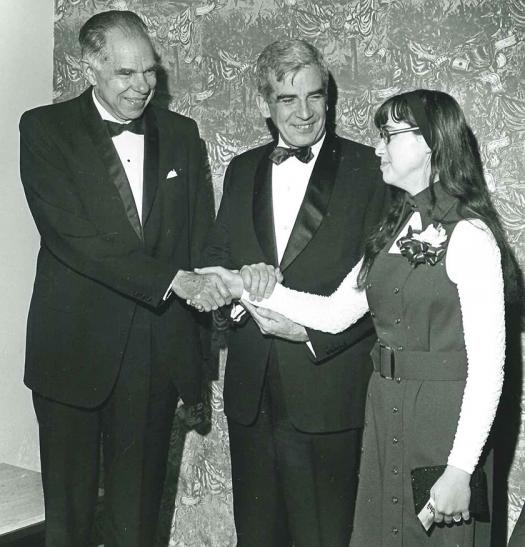
As a child, Nina was attracted to scientific mechanisms, asking questions, and discovering answers. Her father, a chemical and mechanical engineer, provided her first exposure to quantitative reasoning and deductive thinking. Nina’s mother offered the artistic side of life, as a semi-professional singer and actress who earned a living in the fashion industry in New York City’s Garment District. Her parents made sure Nina and her sister were exposed to and schooled in music.
“Even now, it’s the aural aspects of poetry that appeal to me the most,” Nina said. “I’ve been known to fashion phrases in poems because of the way they sound, with only an afterthought of what they might mean.”
Nina’s advice to young people? “Don’t be afraid to juxtapose science and art. They are two sides of the same wonderfully beautiful coin,” she said.
